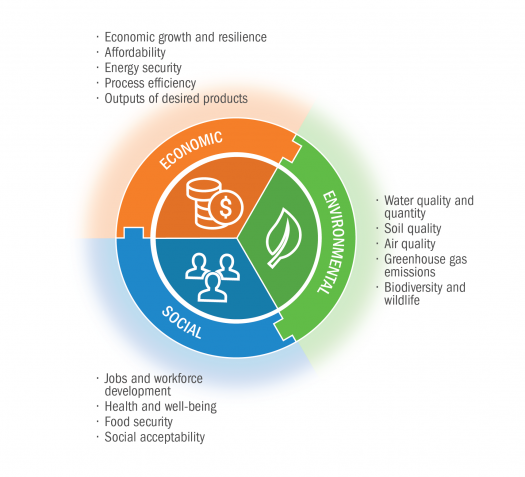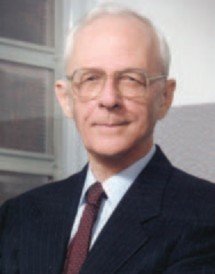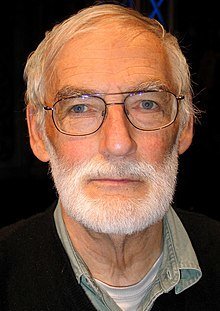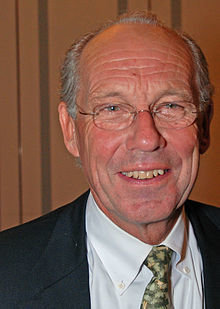Dynamical Models for Sustainability Analysis
202037708 - Sustainability and Energy Efficiency
Table of Contents
Hello! My name is Gerardo Becerra, and I am a tutor at UNAD. My profession is Electronics Engineer, with a Masters in control systems and a doctorate in automatics. My main research interest are system dynamics, non linear systems, switched systems and control systems.
In this virtual learning object (OVA), sustainability will be analized from a global perspective, considering the interaction between different sectors. The main tool used here for supporting the learning process is the simulation of dynamical systems, allowing us to gain a better undestanding about the sustainability in the system considered here.
Welcome
Purpose
I have created this resource to present some introductory ideas on the use of mathematical models to assess the dynamical behavior of complex systems. In the course Sustainability and Energy Efficiency we have reviewed different subjects using a qualitative approach, analyzing different sustainability problems in real life and proposing solutions from our different disciplinary fields.
In this resource we will do a quantitative analysis of sustainability, based on a mathematical model representing the interaction between different sectors on a global scale. The study of different scenarios will allow us to gain a better understanding of the system's behavior, and will provide us with tools to propose solutions to sustainability problems.
Sustainability of the World System
Our world is a complex system defined by the interaction between different sectors such as human beings, social systems, technology and the environment. Such interactions produce changes, which are observed in the dynamical behavior of the world system. The increase in population produces pressure for increasing industrialization, produce more food and occupy more land. However, more food, more consumer products and more available land promote and sustain growth in population.
This growth, associated with industrialization and pollution, is produced from circular processes (feedback loops) where each sector produces improvements and feeds from other sectors. However, given enough time growth reaches some limits defined by nature. Land and natural resources are depleted, and earth's recovery capacity is overloaded.

Dynamics of the World System
Our knowledge and assumptions about the components of a system can be examined using methods developed in recent decades. The way to do this is by organizing the individual concepts in the form of a model, which reveals the consequences and internal inconsistencies in our knowledge and assumptions. From such examination a better understanding of the analyzed system canbe achieved.
This methodology is known as System Dynamics and was developed and applied in this context by J. W. Forrester to obtain the World2 model, presented in his book World Dynamics in 1971. After this, D. H. Meadows, D. L. Meadows, J. Randers and W. W. Behrens developed the World3 model and published their findings in the book The Limits to Growth in 1972.




The Limits to Growth
World2 Model
The mathematical model World2 is presented in the form of a 5th-order system of differential equations, and presents the interaction between the following sectors: population, pollution, capital investment, quality of life and natural resources.
Access the model: https://world2-model.herokuapp.com/world2_model
The standard model execution (bussiness as usual scenario) shows that there are limits to the exponential growth in its variables. The exploration of different scenarios can be useful for identifying policies that may contribute in achieving a sustainable future.
World2 Model
1. For each of the following scenarios:
- Run the simulation using the specified parametrs.
- Describe in your own words the observed behavior.
- Identify which of the different variables acts as a limiting factor stopping the exponential growth.
| Scenario | BRN1 | DRN1 | NRUN1 | FC1 | POLN1 |
|---|---|---|---|---|---|
| 1 | 0.04 | 0.028 | 1 | 1 | 1 |
| 2 | 0.04 | 0.028 | 0.25 | 1 | 1 |
| 3 | 0.04 | 0.028 | 0 | 1 | 0.1 |
2. Propose a scenario where the negative effects of exponential growth can be diminished with respect to scenario 1.
Quiz
Conclusion
The World2 model has proved useful for providing a first introduction to the quantitative analysis of complex dynamical systems. In this case it has allowed us to study the sustainability of the world system and make some predictions on the medium and long term depending on different adopted policies.
Interactions between the different elements in the global system produce a complex behavior, which can be approximated using simple models. However, when analyzing the results obtained from such models it is important to take into account the model limitations and the assumptions made when it was proposed.
References
Forrester, JW (1971), World Dynamics, Wright-Allen Press, Cambridge, Mass.
Meadows DH, Meadows DL, Randers J, Behrens III WW (1972), The Limits to Growth. Universe Books, New York, 205 pp.
Meadows, D J Randers, and D Meadows (2004), Limits to Growth: The 30-Year Update, Chelsea Green, White River Junction, VT.
Meadows DL (1974), Dynamics of Growth in a Finite World. Wright-Allen Press, Cambridge, 637 pp.
Mignan A (2020), World2 model, from DYNAMO to R. Towards Data Science, Medium
Hayes B (2012), World3, the public beta. An amateur’s outlook on computation and mathematics.
Credits
The original World2 model was developed by Jay Wright Forrester, using an old programming language called Dynamo.
There are several different modern implementations of the World2 y World3 models written in different programming languages. One of this corresponds to the implementation of the World2 model in R language by Arnaud Mignan, with source code available on github.
In this OVA, a translation from R to Python was done, and a simple web application was developed, allowing the students to interact with the model and assess different scenarios. The source code is also available on github.
Credits
Universidad Nacional Abierta y a Distancia (UNAD)
Escuela de Ciencias Básicas, Tecnología e Ingeniería (ECBTI)
Ingeniería Electrónica
Ing. Gerardo de Jesús Becerra Becerra, PhD
2021
